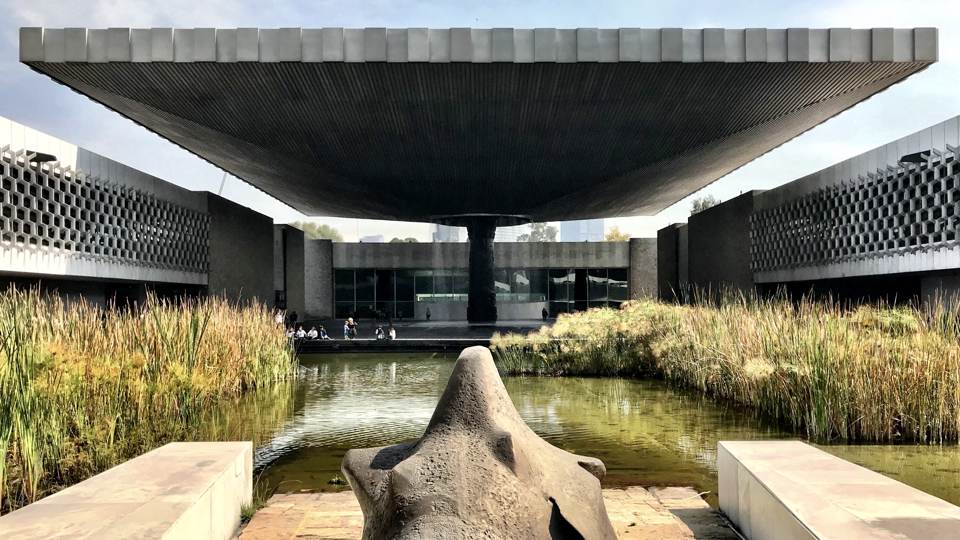
How to make your museum matter
When I visit a museum for the first time, I have high expectations. Higher than when shelling out the same amount of money for some other thing. Think about it…the cost of a museum visit is roughly the same as the cost of a meal at a decent restaurant. What an amazing value it is to be able to experience professionally curated collections and exhibits in such awe-inspiring and meaningful buildings and locations.
A marketer for 30 years, I worked directly in the museum world for about 20 of those years. I had the great pleasure of overseeing marketing, visitor services, retail, and catered events at some amazing museums – so I have a keen sense for what helps a museum connect with its visitors. I’d like to share what I’ve learned.
Authenticity is key
Over the years – as both a museum leader and museum patron – I have learned that the connective tissue that binds museums with their visitors is authenticity. It is similar in the business world – but with museums, authenticity just seems to matter more.
I’m aware that “authenticity” can be defined many ways. So, what I mean by authenticity is the extent to which a museum is in touch with and able to express: 1) why its unique collection matters, and 2) why the manner and place in which it is being presented lends uncommon meaning to the collection.
Authenticity is a pathway to building deeper emotional connections between a visitor and a museum. And deeper emotional connections translate to greater revenue for museums in terms of retail, catering, membership and contributions.
But that greatly needed revenue is simply an aftereffect of what matters more. The deep connection that museums can build with their visitors is an echo of the connection that the collector has with their collection. If museum professionals are driven by these authentic interpersonal connections, then revenue will be far easier to generate.
One museum that does it right
I recently traveled throughout Mexico for about half a year. During my time there, I visited many museums and historic sites. I found that the variability of the museum experience in Mexico is mostly the same as anywhere else I have traveled. Some museums really hit the nail on the head in terms of delivering impact with their visitors. Other museums miss the mark by a large margin. Most are somewhere in the middle.
The Museum Nacional de Antropolgia (National Museum of Anthropology) in Mexico City provides a thrilling example of how well a museum can deliver an authentic experience. The collection of national treasures is astonishing. The manner in which the collection is presented is thoughtful. The curatorial voice is genuine and direct. The facilities are breathtakingly Mexican. And it all comes together in an historic locale (Chapultepec Park) that instills even greater meaning and importance.
A visitor can spend a full day there (or several) and feel that they have connected with something important. And the feeling will persist.
And one museum that needs help
On the other hand, a visit to the Museo Soumaya, also in Mexico City, does not satisfy in the same manner. A private museum, the Soumaya boasts a vast and impressive collection and an absolutely stunning building, yet provides little context as to why the collection matters. There is no discernible curatorial voice to help the visitor connect with the collection or collector.
Objects are not exhibited so much as placed roughly as one might see a pantry organized: statues over here in the corner…impressionist paintings on the shelf over there…and so on. There is an entire floor dedicated to great European statuary (you get a Rodin, you get a Rodin…everyone gets a Rodin!), yet the setting feels jarringly like a scene from the reality TV show, “Hoarders.”
What is missing from the Soumaya is authenticity. I know intellectually that there is a story to the collection…perhaps an exciting and moving story. But the story is not at all made clear to the visitor. As a private museum backed by a tremendously generous founder, the Soumaya frankly may not “need” to connect with visitors in the same way that a typical nonprofit museum does. Admission is free. There is less of a financial imperative. But even the “big collector/donor” museums eventually need to find their own footing after (preferably before) their founders lose interest or pass away.
How museums can build authenticity and connect with their audiences
Step 1: Why does your collection matter?
Reflect on your collection and pinpoint why it matters to a real person. We all collect things. We begin collecting things as children. Everyone can connect with the mystique of a collection and the collector’s desire to preserve and share it.
Your museum’s collection, too, has a story…so the first step is to illuminate what that story is. Make certain that what you articulate reads like a story, and make sure that it does not read like everyone else’s story. Your collection may be similar to that of other museums, but the telling of its story must be unique if it is to be compelling.
Learn more about how to connect your museum (or any organization, really) to a story framework by visiting Building A Story Brand, which I have found to be a very useful resource in terms of managing this first step.
Step 2: How do your museum’s facilities and location lend special meaning to your collection?
Museums know well that people visit in order to see the “stuff” as well as to see the “place.” A museum visit is an experience that melds content and place. This is why so many museums are designed by superstar architects. Like it or not, curators…many people want to visit a I.M. Pei or Frank Gehry building even more than they care about what’s inside. The key question is, “how do you meaningfully connect the inside with the outside?”
So, for example, an air and space museum situated on an active and historic airfield should be able to provide tremendous context for the story of its collection. This is not to say that a historic building in a city center could not also provide distinctive context for an air and space museum. The point is that you have to flesh out your context and make it apparent to your audience. Visitors want that meaning. They want to share that meaning. So, help them understand the meaning.
Step 3: Extend the meaning you have discovered in Steps 1 and 2 into everything else that your museum does
Does a visitor entering your museum’s retail space feel like they have somehow stepped into an airport gift store? I hope not. Visitors are far less likely to continue enjoying their visit in your store if they feel removed from the museum’s magic embrace. Allow your visitor to fully enjoy their retail experience by helping them connect it to all the amazing work you’ve created in your gallery spaces.
To illustrate, I served as project manager for a museum store remodel that transformed a traditional retail environment into an immersive one. Ceiling and lighting treatments, floors and fixtures in the new space were designed to work together to add light to the museum’s story. The transformation helped visitors spend more money while simultaneously helping the retail staff feel more connected to the museum’s collection and mission.
The same idea applies to your catering or event spaces. Allow all your spaces to be part of the story in subtle ways – not so much to overwhelm – but to connect them meaningfully and authentically. Every visitor to your facility should feel as if they are being invited to make that connection to your amazing story.
Authenticity takes time to build
Following these steps will take time. It will take lots of thought and work to tackle each of the steps above. But that investment will pale in comparison to the value that you realize in the future. Because once you are able to tap into your museum’s authentic self, your ability to connect and thrive will be assured.
How can I help you?
If you’d like to learn more about how to improve your museum’s marketing, Iceberg can help. See my page on marketing coaching or my article on getting a deeper view into your marketing efforts. Or feel free to contact me directly. I’m always happy to help.
